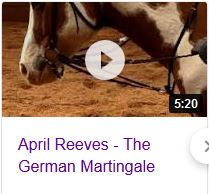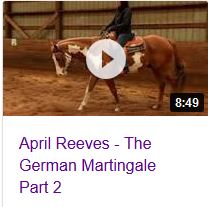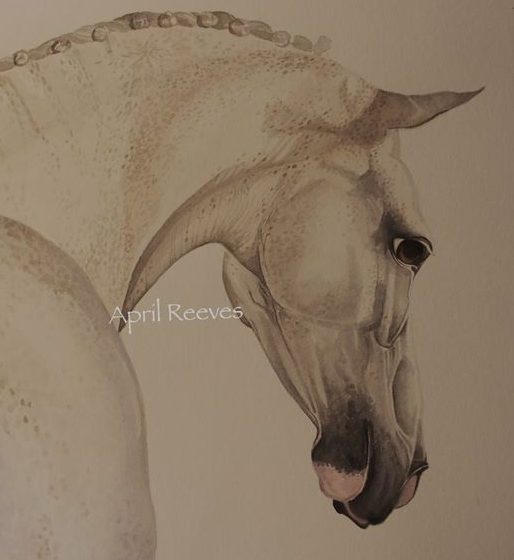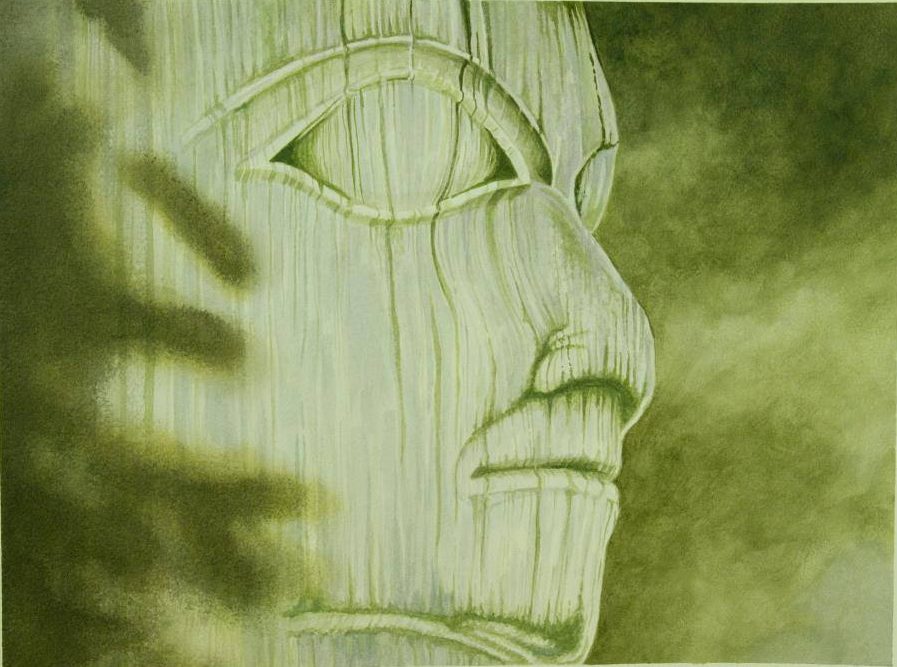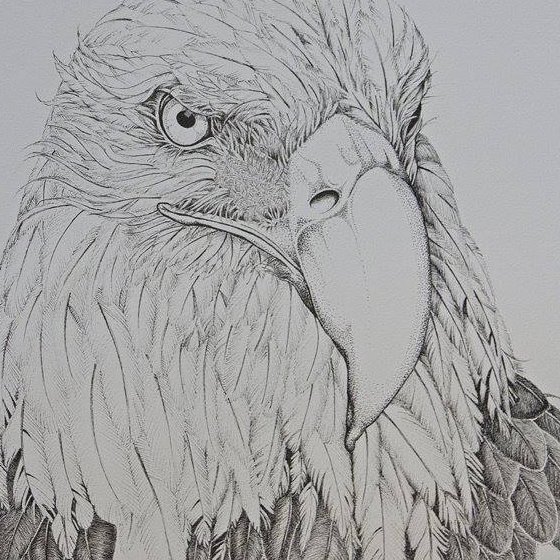 A SPECIAL POST BY MARIJKE VAN DE WATER, B.Sc., DHMS
A SPECIAL POST BY MARIJKE VAN DE WATER, B.Sc., DHMS
Question: I was told last week that my horse had laminitis. The vet did explain some things but now I’m searching desperately to find out if she will live or be put down. Also what can she take to help her? How did she get this?
Answer from Marijke van de Water: A complex condition and number two cause of death in horses, laminitis is related to the over-feeding of grass and grain, and is actually a metabolic disease that affects the laminellar tissue; specialized tissue that ensures the structural integrity of the hoof by adhering the coffin bone to the inner hoof wall. Because of the highly vascular nature of the horse’s hoof it is extremely susceptible to inflammation and damage especially from digestive toxicity resulting from the over-feeding of starches and sugars. The lamina becomes stressed from high blood sugar levels as well as leaky gut syndrome where the bacteria, acids, and toxins migrate from the hindgut to the hoof initiating damage. Once the laminar tissue becomes weakened the connection between the hoof wall and coffin bone separates causing pain and inflammation. If left unchecked the coffin bone eventually drops – at which point it is labeled as founder.
The three major factors that trigger laminitis as caused by the feeding of high starch grains, and grass and hay which are high in sugars are:
Continue reading →

 A SPECIAL REPORT FROM MARIJKE VAN DE WATER, B.Sc., DHMS
A SPECIAL REPORT FROM MARIJKE VAN DE WATER, B.Sc., DHMS


